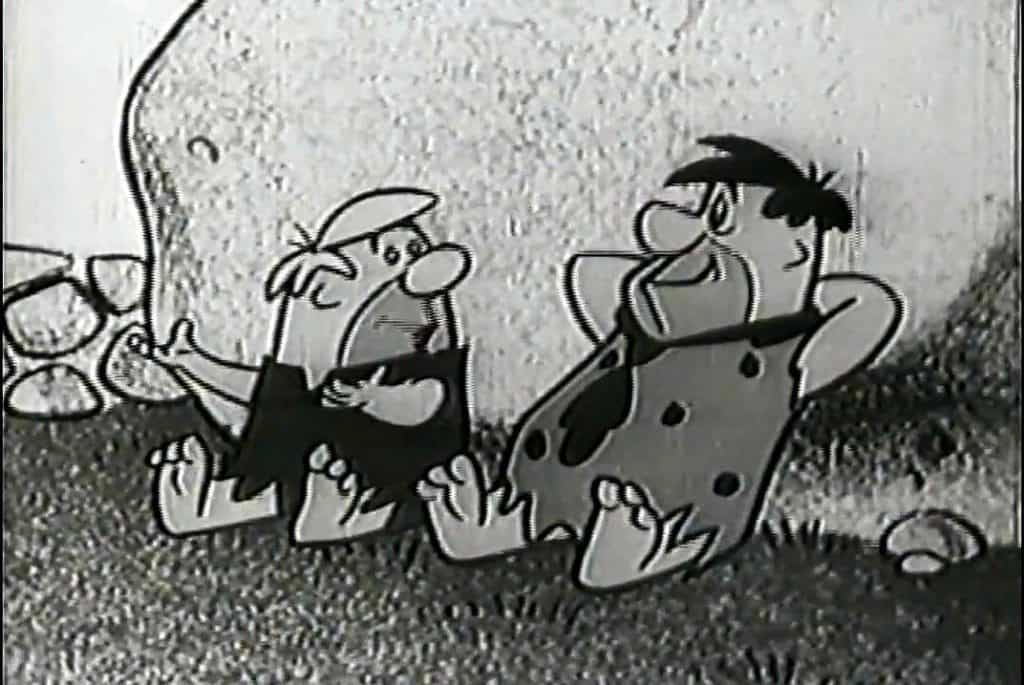Sometimes, the most profound business insights are found where we least expect them.
That’s certainly the case on this, the 163rd week of the Tuesday Tidbit. Because this week, the insight comes from a cartoon that’s well over 50 years old.
Take the 90 seconds to watch this video, and I’ll explain how it speaks directly to the challenges and opportunities of modern marketing.
(For those who can’t watch the video right now, it’s a commercial for Winston cigarettes featuring the Flintstones, with Fred and Barney taking a load off by taking a ‘Winston Break’; of course, being era-appropriate, it’s also got a healthy dose of sexism to boot!)
Obviously, appeals like this could never work today. We live in an age where a single misstep can ruin a career or cost a company millions.
The distasteful notion of trying to engender brand loyalty for cigarettes through cartoon characters would cause a host of problems if it were tried today, even if it wasn’t explicitly illegal.
But what can this blast from the past teach us about what works in marketing today?
Well, the most obvious lesson is simple:
Companies who don’t update their marketing efforts, diversify their messaging, and continually test their messaging against different markets are being left behind faster and faster than ever before.
Everything about this cartoon is wrong for today’s audience. The target audience is obviously wrong, the messaging is wrong, the overt character tie-ins are wrong, etc.
Next: It reminds us that, not too long ago, the sole tactic of the marketing professional was to ‘spray-and-pray’ as much advertising as possible and hope that some of it stuck.
Luckily, the media options were few, and so that approach could reach a lot of people. Today, of course, we have thousands of distinct channels, and each appeals to a very specific set of prospects.
If you try to simply ‘spray-and-pray’ today, you’re wasting a lot of money and taking a huge risk of offending a huge portion of your potential market base.
In Evergreen, we talk about the importance of knowing your various customer archetypes and being able to communicate with them in a way that speaks directly to how they see the world.
More often than not, for the small business, sales and marketing success is about knowing the wants and desires of your core audience, and only crafting messaging that speaks directly to that, in marketing channels that will reach that core audience.
For larger companies, where there might be dozens of subcultures who consume your products or services in different ways and at different price points, it’s incredibly important to take the time to identify them, and not to simply trust that the same marketing that you’re using to appeal to a conservative 68-year-old retiree will also appeal to the 24-year-old fresh college graduate who can also use your services.
Luckily, it’s easier than ever before to appeal to the dozens with unique, individualized marketing – but it takes a lot of upfront effort by your company to be ready to do that.
The power in the philosophy of Evergreen comes from recognizing that the distinctions between your customer segments are only going to be more pronounced over time, and so working diligently to nurture relationships with groups of customers based on specific needs, interests, challenges, and desires is required.
For my readers in small companies: You are almost certainly not being targeted enough in who you’re trying to reach, and you’re almost certainly spending too profligately without drilling into the right messaging for your core audience.
Stop it.
For my readers in large companies: Take a look at demographic and psychographic data you have on actual customers, and see if the groups that are represented there are equally represented in your messaging and your advertising spend.
If you’re anything like most larger companies I work with, you’ll be surprised when you see the disparity between who your marketing is speaking to, and who is putting dollars into your company.
The marketers who gave the smoking Flintstones the green light were closer to the Stone Age than they were to us.
Don’t get caught using Stone Age strategies in the modern era, or you may find yourself as rare as a woolly mammoth.
